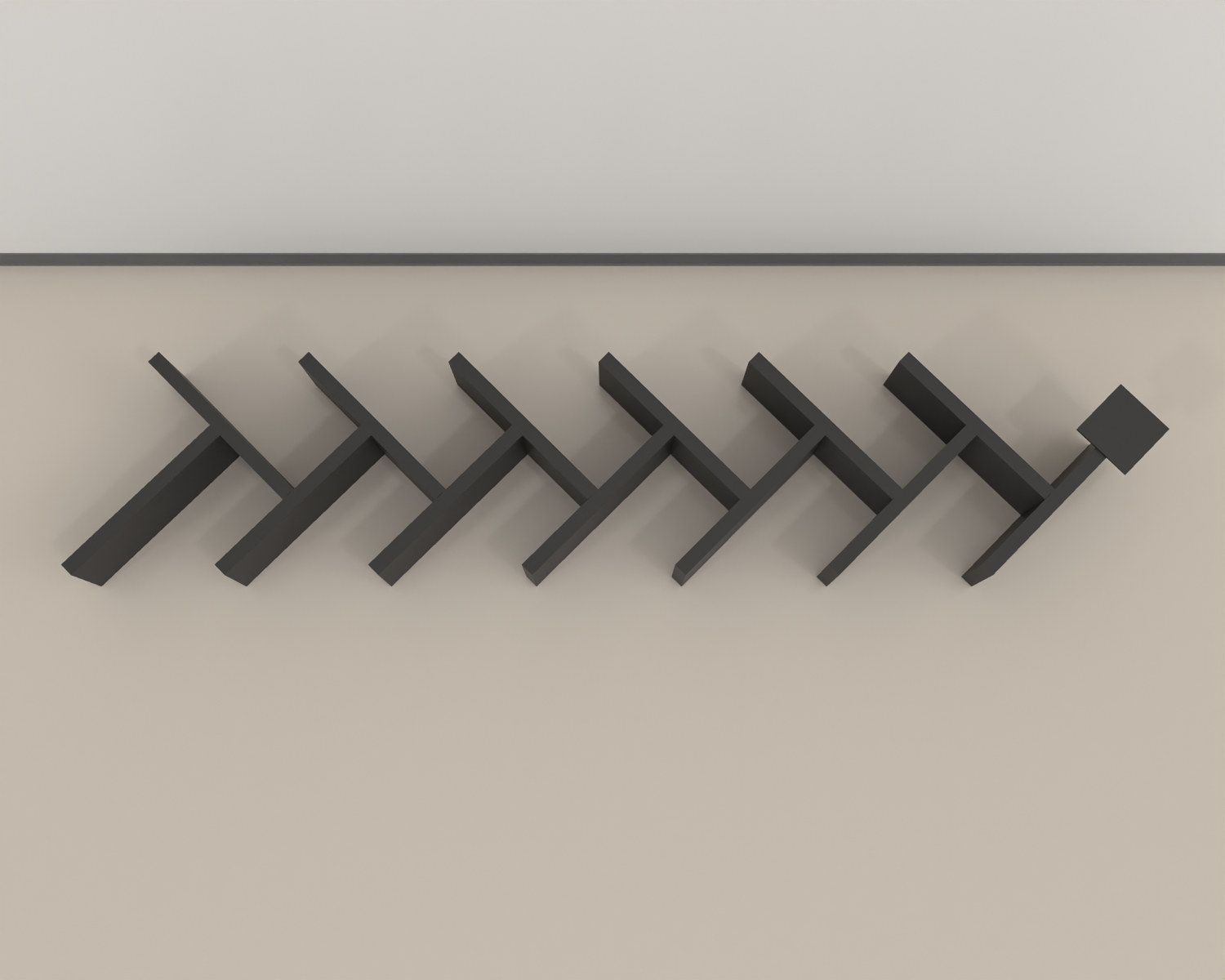The Blocked Elevated Maze (BEM) is a type of behavioral test used to assess spatial learning and memory in rodents such as mice and rats. The BEM consists of an elevated platform with multiple blocked and unblocked paths, and the animal is placed in the maze to find its way to a visible escape platform. The test measures the animal’s ability to remember the location of the escape platform, and to use that information to navigate the maze efficiently over time. The BEM is used in neuroscientific research to study the neural mechanisms underlying spatial memory and navigation.
The Blocked Elevated Maze is used to study spatial learning and memory in rodents. It is an adaptation of the standard rodent T-Maze and the Elevated Plus Maze and comprises several elevated blocks arranged in a multiple T zigzag pattern.
The apparatus consists of an elevated pathway constructed of den blocks on a level floor. The blocks are arranged in a zigzag pattern creating 13 units of true pathways and 12 units of blind alleys. A food box is located at the end of the pathway.
MazeEngineers offer the Blocked Elevated Maze. Customizations are available upon request.




